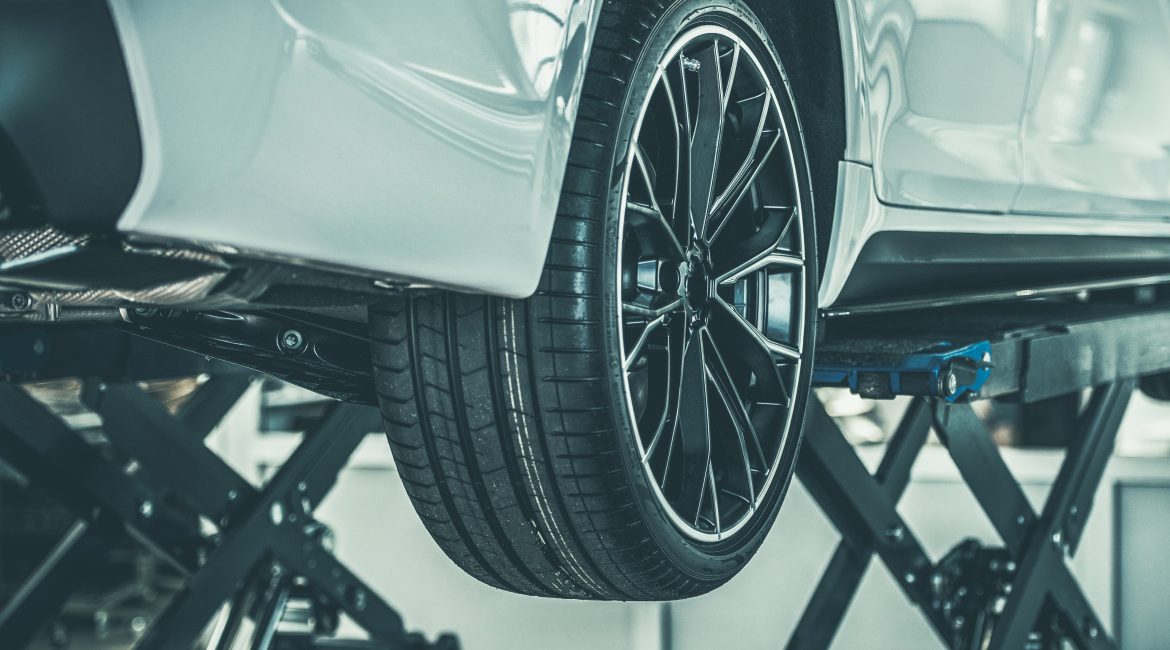Tyre-d of replacing your wheels? We’re sure your wallet is. Save money and drive better with regular tyre rotation.
If there’s one thing you need to get clued up about, it’s maintaining your car. Think about it: you spent a sizable amount of money getting your wheels, why would you want to spend even more on issues you could have easily avoided?
Truth be told, replacing tyres is expensive. They’re the four things on your car that you want to focus on protecting, so they can get you safely from A to B. That’s why, in this blog, we’re going to chat about the different issues you can avoid through regular tyre rotation.
The rule of thumb is to rotate your tyres every 6 months OR every 12 000km (more or less).
Let’s get rotating!
How do I know if my tyres are worn out?
Make sure that you give your tyres a quick check every now and then. If you see any of the below, it’s a sign that your tyre is starting to deteriorate:
- Uneven tread wear
- Excessively worn tread
- Cracking or cuts
- Bulges or blisters
- Excessive vibration when driving
4 issues you can avoid with regular tyre rotation
1. Poor Traction
The traction of your tyre refers to the energy transfer between car tyres and the road. In other words, it is the resistance between the ground and the tyre, which is a result of the torque being turned by the wheel axle when wheel power is exerted. If your tyre is worn out, your tyre has less traction than the other three.
A tyre that is worn badly will have less traction than one that is in good condition and will probably need to be replaced. Traction is vital in emergency stop situations, so it’s imperative that your tyres are in good condition and can handle a quick stop. Rotation doesn’t just keep your tyres in better condition for longer, it also keeps you safer on the roads.
Discover: 9 life-saving tips for driving in the rain
2. Abnormal Tyre Wear
Abnormal tyre wear is a common tyre issue and will often be a warning sign to your mechanic that you have not rotated your tyres. The weight and suspension of your car are not the same on all four tyres – even the roads you drive on will impact how weight is being distributed.
If your car has an internal problem, perhaps a worn part in your suspension, this could also result in a worn-out tyre. Regularly rotating your tyres will reduce premature wear and tear because all the tyres are exposed to different wear patterns.
3. Poor Braking
Remember when you were learning to ride a bike and you learned to break with both wheels instead of just the front? You may have gotten some nasty roasties to tell the tale. When your car brakes, you don’t have the option. Your front tyres will always take most of the load when you hit the brakes.
Read also: How to Tell if Your Brake Pads Need Replacing: 5 Important Signs
In fact, front brakes bear 75% of the load when you brake. All the weight of the car goes towards the front tyres. Now, can worn-out tyres support that kind of weight? Probably not. Moving your back wheels to the front regularly can keep your tyres and brakes in better condition for longer.
4. Tyre Failure or Blowouts
Blowouts and tyre failures are exactly what you want to avoid. A blowout can cause a nasty accident if you’re driving on the freeway or highway. At such high speeds, it’s likely that a tyre failure will cause you to lose control of your car. Uneven wear can ultimately lead to steel or nylon cords being exposed, which is when you know you have a serious problem on your hands.
At the end of the day, regular tyre rotation by a professional (or doing it by yourself) is going to keep you safe on the road. It is your responsibility to drive safely, and maintenance is an inextricable part of that.
Your Insurance Family,
Oneplan




